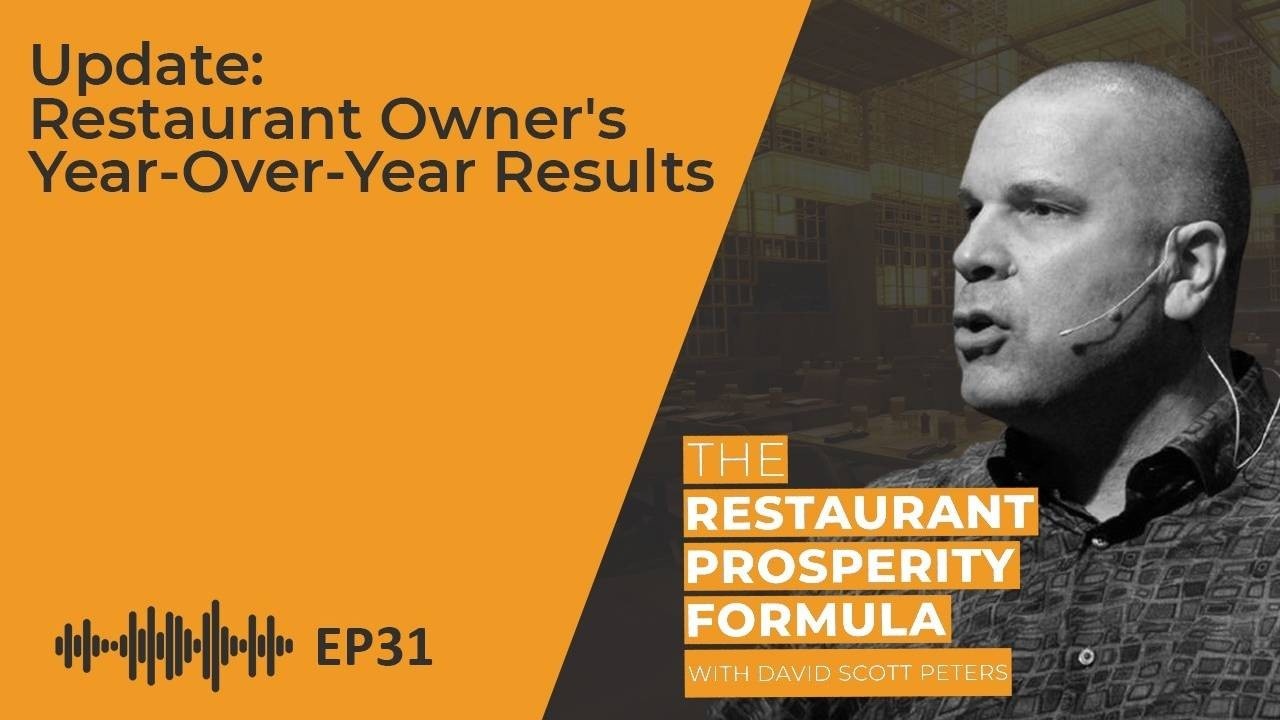Successful Restaurant Stories: Where Are They Now

Successful restaurant stories are important for other restaurant owners for inspiration, motivation and comfort. Today's topic centers around the story of one restaurant owner who I’ve talked to in the past. Emmy Barnick, owner of The Captain’s Cabin in Washburn, ND, made incredible changes to her business in the height of the pandemic. In this “where are they now” interview, Emmy describes her timeline from thinking about closing her restaurant to making a bottom-line improvement of $288,000 in the last 12 months. Be prepared to drop all the excuses of why you’re not able to start down your system's journey after hearing this conversation. Emmy is a great example of the potential every restaurant owner has in their restaurant. You just have to start somewhere.
For background, Emmy and her husband are farmers and had the opportunity to buy a local restaurant. They saw it as a way to provide for their small community. Somebody was going to run the front, somebody was going to run the back, but after the person they trusted stole thousands of dollars, Emmy had to dive in and learn how to run a business. Emmy says she was very angry and upset in the beginning, but in looking back, it was one of the greatest things that's ever happened because it forced her to get involved. Here restaurant is in the “grandest little city on the Missouri River” just north of Bismarck, the capitol. The town has about 1,200 people, no stoplights and the closest big chain is in Bismarck. Captain’s Cabin is a destination location for people living in and around the area.
Emmy does about $1.5 million a year in annual sales, so she’s not slow, and they’ve become a prime employer in the community as well.
Emmy took the restaurant from the ground floor and really exploded it. But with that said, they had no computer, no POS system, everything was outdated. The register had buttons for said beer or food and the menu was “freezer to fryer.”
The restaurant was struggling and Emmy knew she needed to either figure out how to stop the leaky bucket or close the doors. When I first got on a discovery call with Emmy, she had about $7,000 in the bank, and they were robbing Peter to pay Paul, taking from their personal savings account to make payroll.
At that time Emmy’s restaurant was at about an 89 percent prime cost (total labor cost plus total cost of goods sold and that includes taxes, benefits and insurance on the labor). That means for every dollar that came in, 90 cents was spent. Emmy only had a dime left over to pay all her fixed expenses and nothing to take home. She had sales but no money in the bank.
“That's where I knew like, OK, it's not that we just really suck and people don't want to be here. We have the sales. So what the hell is going on? I've got to get to the bottom of this,” recalls Emmy.
She was working 80 hours a week and was going nonstop, putting out fires and waiting for the next chaotic moment. It’s stress on top of no money in the bank to have something to show for all the stress.
This is when Emmy and I got on a call.
“I figured, well, even if I get half of the money back, we're going to be better off than where we are now. So I might as well give this a try,” she said.
She started with a pre-shift meeting, a little checklist of what she wanted to talk about on a daily basis. That simple step of getting started with something she could do every day got the ball rolling.
Measuring from June 2020, when she started using my lessons and systems, to November, her prime cost went from 89 percent to 75 percent. Her bank account moved from $7,000 to $70,000, and she wasn’t worried about making payroll anymore. She also wasn’t feeding the business anymore.
What has happened since November 2020?
Tune into this episode to hear the update on:
- Prime cost
- Impact of budgeting
- Making major menu changes to manage labor
- Importance of consistency in managers
- The hours she’s working now, even in a short-staffed environment
- Changes to hours of operation
- How to run a kitchen with a high school staff
- Growing as a leader in the restaurant
- Trusting the process and importance of delegation
- Why her accountant is advising her to spend money
- How she did it all without any government relief funds
- The major shift in her staff’s behavior in using systems
When I asked Emmy what she’d tell other restaurant owners about systems and the impact on their business, she said:
“You've got to start now. You cannot, cannot, cannot wait until it's over. Or wait until this or wait until that or when I get a manager, then I'll really start. This is the stuff that leads you to that, so it really is kind of a hard mindset to understand because you really have to shift to just trust the systems that they are going to do the work, but they will. They are going to start changing your culture. Your staff is going to start stepping up where you didn't know that they even had the ability.”
While Emmy’s work is not done, and won’t ever be done, the progress she and her key people have made is pretty remarkable. She’s proof you can't wait for anything. Start now and the results will be here before you know it.
Click the podcast player above to listen in, or you can watch the video on YouTube, click here to download the latest episode.




